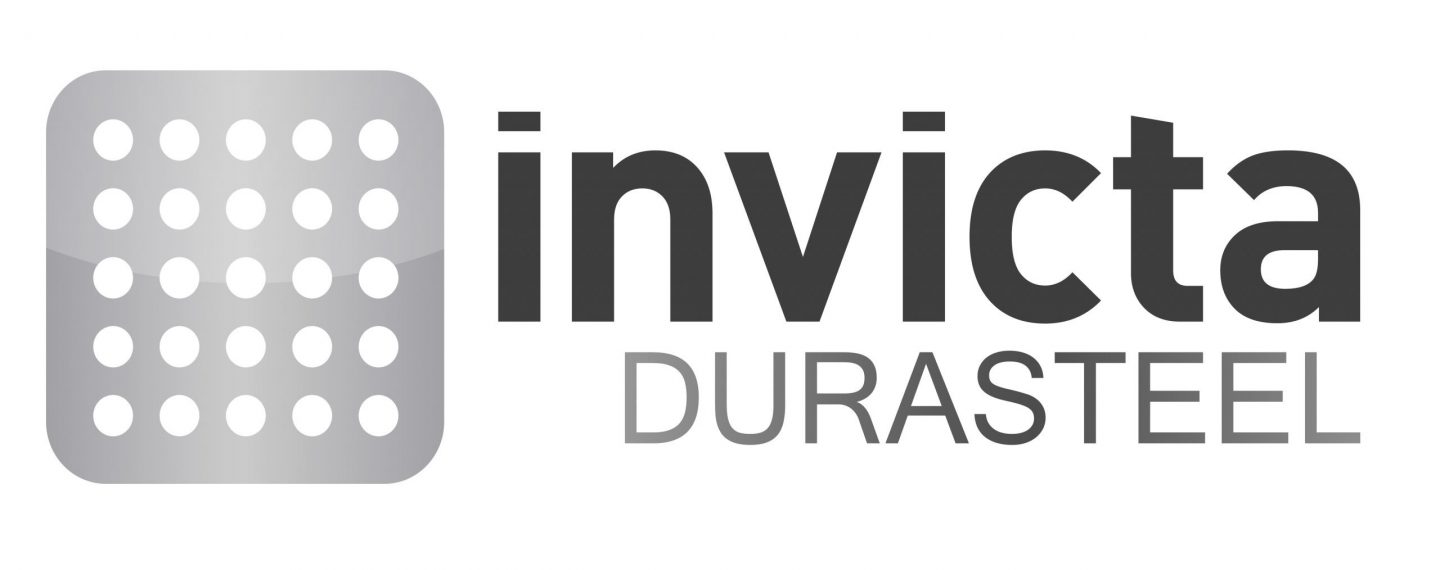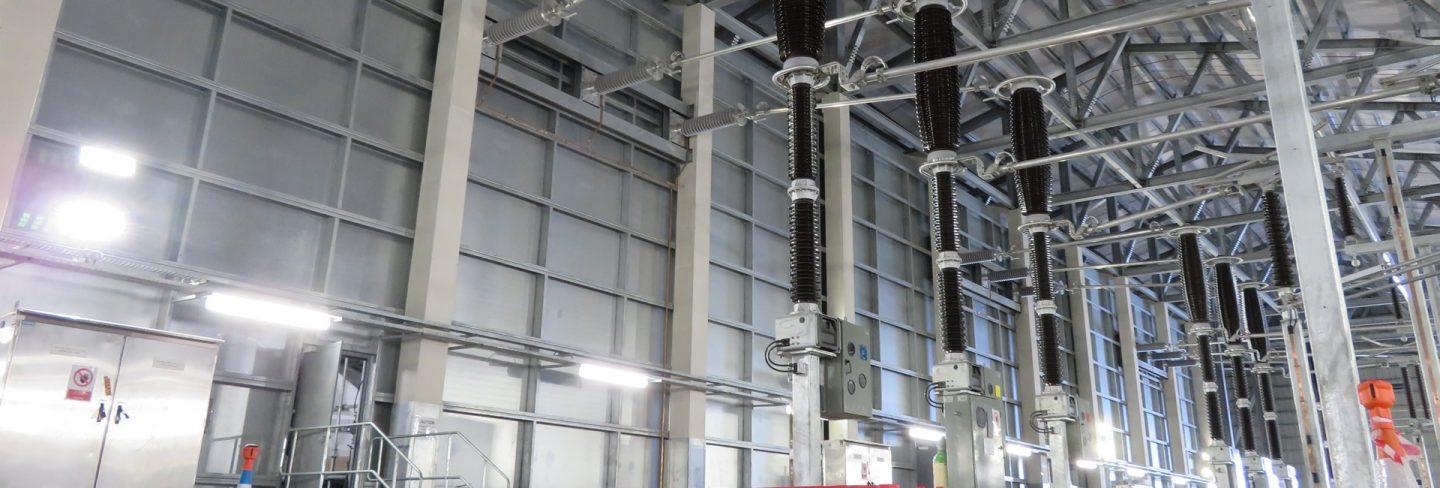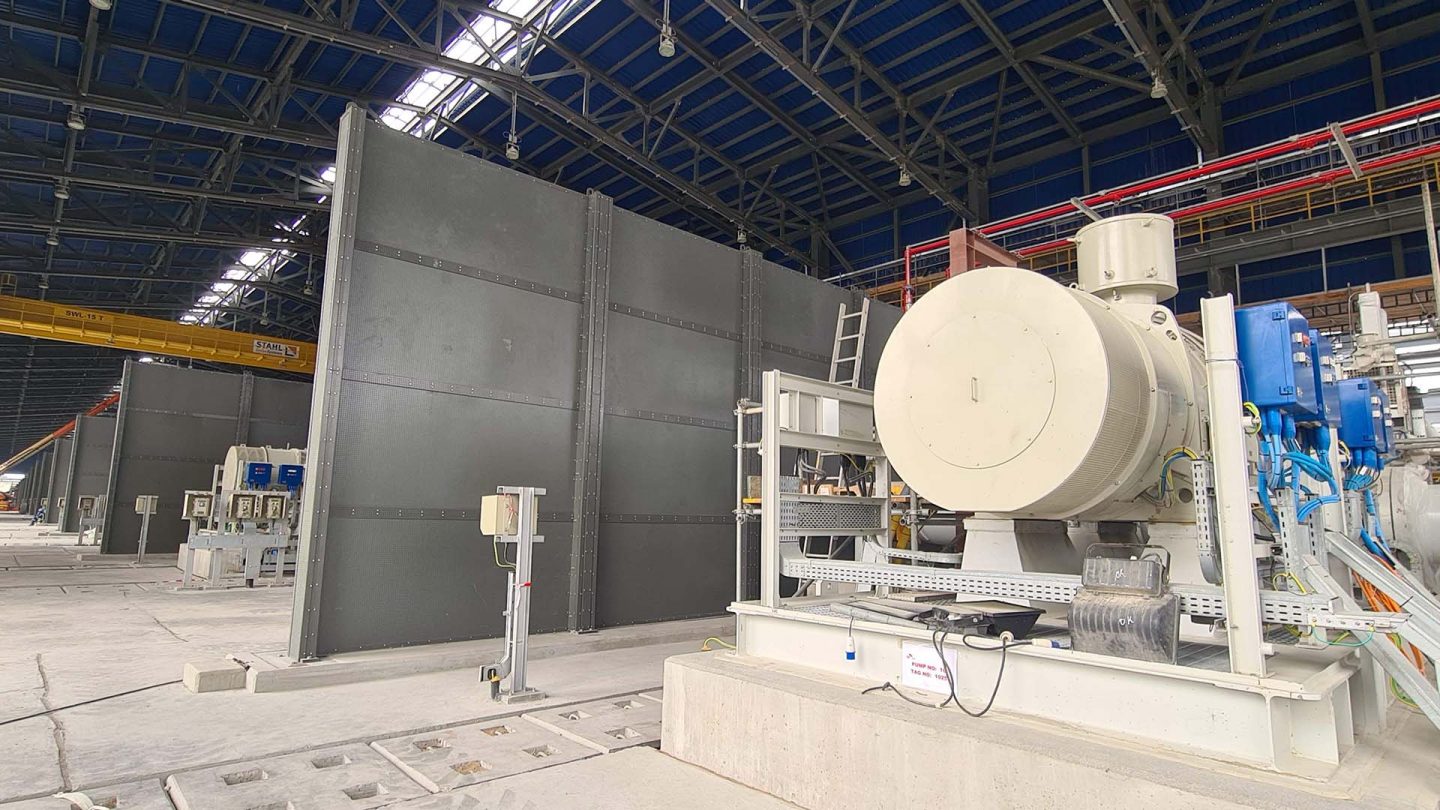For your information
You are being redirected to one of our divisional subsites which contains more detailed information on the required division. To navigate back to the main Invicta Group site, please click the link found in the footer at the bottom of the page.
- Durasteel
Discover the benefits of Durasteel
- Systems
Systems
- Expertise
Expertise
-
Applications
- Aircraft Hangar Fire Protection
- Battery Storage Facilities
- Building Fire Compartmentation
- Anti-Terrorist Blast Protection
- Cable Tunnel Fire Compartmentation
- Equipment Delivery Hatches
- Equipment Enclosures
- Heat Shields
- Power Station Fire Protection
- Metro and Rail Fire Protection
- High Voltage Cable Protection
- Substation Fire & Blast Protection
- Tunnel Fire Protection
- Oil & Gas Fire & Blast Protection
- Ventilation Systems
- Wind Farm Fire Protection
-
Applications
- Projects
- Insights
Insights
-
Articles
- The benefits of passive fire protection for businesses
- What BS 9991 changes mean for building fire safety
- Does the rise in electric vehicle fires pose a risk to buildings?
- What Boeing’s downfall says about safety culture
- Does AI pose a threat to fire safety?
- What we can learn from the Grenfell report
- Frequently Asked Questions
- A to Z of Terms
-
Articles
- Contact
Contact

UK +44 1843 220 256

US +1 305 328 9444

UAE +971 4 277 6225

Qatar +974 4441 4340

India +91 79945 14049

Malaysia +60 16 286 6225
- Start your project
Could fire barriers help stop wildfires?
29th August 2025
Quick Quote
Contact Fraser Shearer Sarun Vysakham Ben Tan Anand Raghavan Anand Raghavan Our USA Office
To get a quotation or arrange a free site survey - Call Fraser Shearer Sarun Vysakham Ben Tan Anand Raghavan Anand Raghavan Our USA Office on
-
 UK
UK
-
 UAE
UAE
-
 Malaysia
Malaysia
-
 India
India
-
 Qatar
Qatar
-
 USA
USA
Current location:
Quick Quote
Contact Fraser Shearer Sarun Vysakham Ben Tan Anand Raghavan Anand Raghavan Our USA Office
-
 UK
UK
-
 UAE
UAE
-
 Malaysia
Malaysia
-
 India
India
-
 Qatar
Qatar
-
 USA
USA
Current location:
The wildfires earlier this year in America, Japan, and other nations have caused a great deal of despair and anguish, as both lives and properties have been lost. Amidst this spate of deadly and destructive wildfires, it’s natural for people to question whether enough is being done to prevent and stop wildfires.
One question has emerged which we have some experience in: why can’t you just build a wall to stop a fire from spreading? The answer is an interesting reflection on what the role of fire protection is, what is possible and realistic, and what the future holds for communities in areas at risk from devastating wildfires.
Fire protection and wildfires
If it feels like wildfires are happening more often now, that’s because they are. The length of wildfire seasons, frequency of wildfires, size of the areas burned, and amount of CO2 being released have all risen over time, with climate change being the prime culprit. As well as higher temperatures and longer droughts, elements like invasive species, shifts in animal populations, and land usage and management are all making forests less resilient to fires, and prone to greater losses.
It’s not that nothing is being done about this. While the effects of climate change are hard to fight locally, efforts are being made to prevent fires from starting and spreading. One is changing human behaviour, and preventing the accidental or deliberate ignition of woodland or scrubland from things like barbecues. Efforts are also being made to improve resilience through schemes such as rewilding, reintroducing and bolstering native flora and fauna in order to improve water retention and natural land management.
Technology is also beginning to be deployed to improve early wildfire detection and response, as well as wildfire recovery. Sensors placed in key locations can help to detect fires early, particularly around structures such as power lines which commonly cause wildfires. Alerts are also being issued earlier to people in affected areas, while data modelling is being used to try and predict wildfires based on weather patterns. On the most basic level, there are also the old-fashioned firefighting strategies: firebreaks; fire suppression; controlled burns; and sandbagging, where floods occur due to the hardening of soil and destruction of plant life.
The problem with passive protection
So what about fire barriers? Well, firebreaks are a kind of adaptation of this idea, and one that goes back hundreds of years. Rather than building a fire resistant barrier through woodland, a firebreak removed part of the woodland to form a gap that the fire shouldn’t be able to cross. While this can be effective, it obviously involves the destruction of woodland itself, and isolated sections of woodland, making it more difficult for animal populations to migrate between these areas.
However, firebreaks also aren’t foolproof, and are a better way to slow the spread of fire than to stop it entirely. High winds can ultimately carry a fire across a firebreak, and any kind of wind combined with high temperatures and dry weather can carry embers, which can start new wildfires. This is the fundamental reason why a fire barrier isn’t ultimately much help in stopping wildfires, as almost however tall you build it, there will still be a chance that the fire could carry over the top of it, either directly or through embers carrying on the wind.
Wildfires are also fairly unpredictable in where they start, and tend to develop rapidly. You would have to construct a huge number of barriers in different locations, which would be extremely expensive. To reinforce the previous point, the intensity of wildfires means they often generate their own weather conditions, creating powerful updrafts that send embers miles ahead of the main fire front. This phenomenon, known as spotting, allows fires to jump barriers and ignite new fires beyond them, making traditional fire containment strategies less effective.
When we think of wildfires, we often find it easier to visualise the effect they have on individual communities, rather than the actual scale of the fire. This is particularly true for those of us who live in smaller countries, and see fires reported in the United States. Wildfires can occupy many thousands of acres, existing on a scale that takes weeks to extinguish, and destroys county-sized areas of land. When you consider that natural barriers, such as rivers and rocky terrain, often fail to stop fires, it’s easier to see why fire barriers would be an ineffective solution.
Protecting buildings from wildfires
Active fire protection is obviously a major part of fighting wildfires—at least depending on how you classify it. Aerial firefighting uses huge volumes of water to quell wildfires, as well as fire retardant chemicals, which use luminous colours to help with post-fire cleanup, and to denote which areas have been covered. However, these chemicals have been shown to have a negative environmental impact, leading some to characterise them as fighting fire with fire. Some areas do also use fire-resistant fencing to box in areas, preventing fires from quickly entering or exiting an area of land.
If passive fire protection isn’t a viable option for preventing wildfires, though, can it be more useful for protecting buildings? Though not widely deployed at present, this may be a more realistic use case. The fundamental issue with protecting buildings is that wildfires tend to quickly spread not just through an area, but around it. You would need to not just protect buildings from a wildfire, but also the escape routes from a town or settlement, something that is far harder to achieve.
However, there is a case for deploying passive fire protection systems such as Durasteel in and around buildings at risk from wildfires. As mentioned earlier, spotting can cause wildfires to ‘jump’ areas of land, starting new blazes miles apart. Passive fire protection could stop such fires from taking hold in settlements where many buildings may be made from wood, giving more time for residents to safely evacuate. Once a fire closes in, a perimeter wall of fire barriers could also slow the spread of fire—as could similar barriers along a stretch of road.
It’s also not infeasible to create emergency fire shelters, particularly along roads, which are likely to be more accessible to emergency personnel than towns in wildfire-hit areas. Similar shelters are a common feature of car tunnels, and have been successfully used in a number of fire disasters, including the Mont Blanc tunnel fire. These could provide shelter from a wildfire for four hours or more, potentially long enough for it to burn through an area, or otherwise for emergency personnel to reach the shelters.
The use of passive fire protection may not be economical or viable for every home, but it may be an area of focus for facilities at high risk of fire ingress or egress, such as power stations, emergency response centres, and hazardous material storage areas. These barriers could not only ensure that key infrastructure remains operational during emergencies, but also prevent wildfires from being caused by issues such as transformer explosions.
In more urban residential areas, features such as fire-resistant construction materials, perimeter fire barriers, and defensible space landscaping could also help to protect homes and businesses, limiting the impact of wildfires to rural outskirts. Fire-resistant vegetation, ember-resistant vents, and automatic sprinkler systems would require greater investment, but would further enhance protection—both reducing property damage and permitting safer evacuations.
–
While fire barriers alone are unlikely to stop wildfires due to the speed, scale, and unpredictability of these disasters, they may be one of a number of solutions deployed to mitigate the impact of wildfires—particularly when it comes to protecting lives and properties in areas at risk of rapidly-developing wildfires.
Accreditations & Affiliations











SpecUp - System Specification Wizard
Answer the 5 short questions below to receive your recommended Durasteel system specifications. Hover over the ? icons for a brief explanation.
Question 1/5
Type of system required?
Question 2/5
Fire rating required?
Question 3/5
Fire integrity-only or integrity and insulation?
Question 4/5
Fire attack risk from one side or both sides of the system?
Question 5/5
Blast rating required in addition to fire rating?
Creating your results page
Thanks for completing the SpecUp, you’ll be redirected to your results shortly.
Click here if you aren't redirected after a few secondsStart your project
Tell us about your project. Please complete this form. One of our sales team will come back to you with more details. If you prefer, you can drop us an email.




Share/Like this page